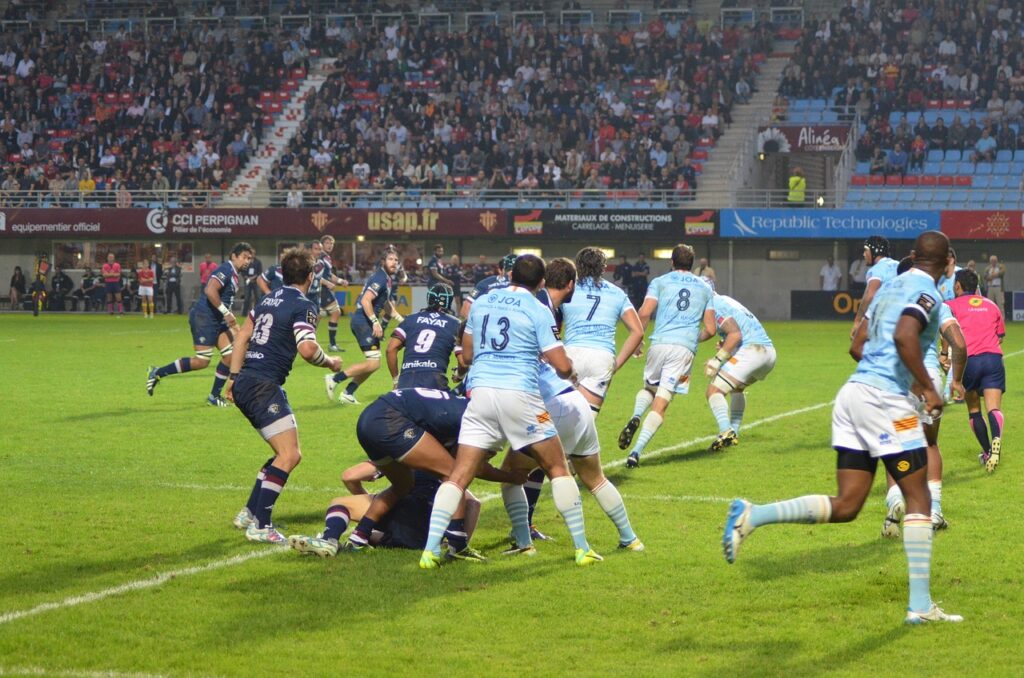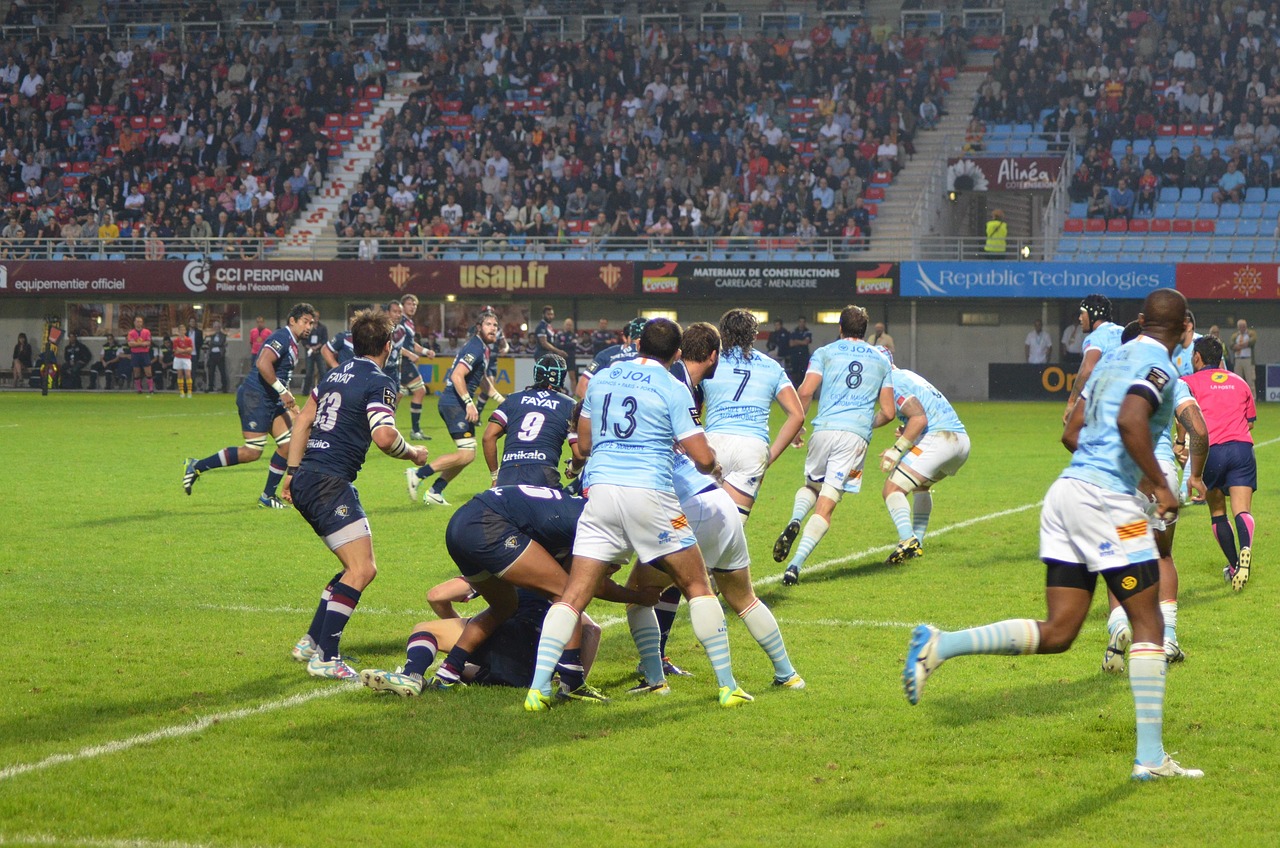Rugby is a sport steeped in tradition, passion, and pride. For fans and newcomers alike, terms like “cap” often spark curiosity. So, what is a cap in rugby? A rugby cap is a symbolic honor awarded to a player for representing their country in an international match.
It’s not just a statistic—it’s a badge of pride, a testament to skill, and a milestone in a player’s career. In this guide, we’ll break down the rugby cap meaning, its history, how caps are awarded, and why they matter, alongside fascinating stories of rugby’s most-capped players.
Whether you’re a die-hard rugby fan or just starting to explore the sport, this article will answer all your questions and more. Let’s dive in!
What Is a Cap in Rugby?

A cap in rugby refers to an appearance a player makes for their national team in an officially recognized international match, typically against another country’s senior team.
The term originates from the early days of rugby when players were physically presented with a cap—a ceremonial headpiece—to mark their selection. Today, while physical caps are less common, the term remains, symbolizing a player’s international career milestone.
Caps are awarded for:
- Test matches: Competitive games between national teams, like those in the Rugby World Cup or Six Nations.
- Certain non-Test matches: Some unions award caps for games against major touring sides, like the British & Irish Lions, though practices vary.
According to World Rugby, the governing body of the sport, caps are a universal measure of a player’s international experience. They reflect dedication, skill, and the honor of representing one’s nation.
The History of Rugby Caps
The concept of a rugby cap dates back to the 19th century. In 1871, when Scotland faced England in the first-ever international rugby match, players received embroidered caps to commemorate their participation.
These caps, often made of velvet and adorned with national emblems, became cherished keepsakes. Over time, the term “cap” stuck, even as the practice of handing out physical caps waned in some countries.
Key historical points:
- Early traditions: England’s Rugby Football Union (RFU) and Scotland’s SRU were among the first to award caps, setting a precedent for other nations.
- Evolution: By the 20th century, caps became a standardized way to track international appearances across rugby-playing nations.
- Modern era: Today, cap ceremonies are emotional events, often held post-match, where players are honored for milestones like 50 or 100 caps.
The BBC Sport archives note that caps remain a cornerstone of rugby culture, symbolizing national pride and personal achievement.
Why Are Caps Significant in Rugby?
Caps are more than just a number. They represent:
- National pride: Playing for your country is the pinnacle of rugby, and each cap is a moment of honor.
- Career milestones: Reaching 50, 100, or even 150 caps is a rare feat, celebrated by teams and fans alike.
- Legacy: Caps immortalize a player’s contribution to the sport, often referenced in hall-of-fame discussions.
For example, New Zealand’s Richie McCaw, one of the most celebrated players in rugby history, described his 100th cap as “a moment I’ll never forget” in a 2015 interview with ESPN. Such milestones resonate deeply with players and fans.
How Are Rugby Caps Awarded?
The process of earning a cap varies slightly by country, but general guidelines apply:
- Eligibility: Caps are typically awarded for senior international Test matches, sanctioned by World Rugby.
- Exceptions: Some unions, like New Zealand, award caps for matches against touring sides (e.g., the British & Irish Lions), while others, like England, are stricter, limiting caps to Test matches.
- Substitutes: In modern rugby, players who come off the bench in a Test match also earn a cap, reflecting the importance of squad depth.
Caps are tracked by national rugby unions, and players often receive commemorative items for milestones. For instance, England’s RFU presents a silver salver for 50 caps and a gold salver for 100 caps.
Top-Capped Rugby Players: A Legacy of Excellence
Some players have etched their names in rugby history by amassing remarkable cap counts. Below is a table comparing the most-capped men’s rugby players as of 2025, based on data from World Rugby and other sources:
| Player | Country | Caps | Years Active |
|---|---|---|---|
| Alun Wyn Jones | Wales | 158 | 2006–2023 |
| Richie McCaw | New Zealand | 148 | 2001–2015 |
| Sam Whitelock | New Zealand | 143 | 2010–2023 |
| Brian O’Driscoll | Ireland | 141 | 1999–2014 |
| George Gregan | Australia | 139 | 1994–2007 |
Notable Anecdote: Alun Wyn Jones, the world’s most-capped player, earned his 150th cap in 2021 against France. In a post-match interview, he called it “a privilege to play alongside such talented teammates for so long.” His durability and leadership made him a Welsh legend.
Common Misconceptions About Rugby Caps
Despite their prominence, myths about caps persist. Let’s clear up a few:
- Myth: Caps are only for starters.
Fact: Substitutes in Test matches also earn caps, acknowledging their contribution. - Myth: All countries award caps the same way.
Fact: Rules vary. For example, South Africa doesn’t award caps for matches against non-Test nations. - Myth: Caps are just a number.
Fact: They carry emotional weight, often celebrated with ceremonies and fan tributes.
Understanding these nuances helps fans appreciate the true value of a cap.
Recent Trends in Rugby Caps
In 2025, the rugby landscape continues to evolve, impacting how caps are earned:
- Increased match frequency: With expanded tournaments like the Nations Championship, players have more opportunities to earn caps.
- Younger debutants: Teams are blooding younger players, leading to higher cap counts over careers. For instance, England’s Marcus Smith earned his 50th cap at age 25 in 2024.
- Women’s rugby growth: Women’s rugby is seeing more capped players as international fixtures increase, with stars like England’s Sarah Hunter (141 caps) setting benchmarks.
These trends highlight rugby’s global growth and the enduring importance of caps. Explore more on women’s rugby milestones (#) for a deeper dive.
FAQs About Rugby Caps
Here are answers to common questions about rugby caps, optimized for long-tail keywords:
How do rugby players earn caps?
Players earn caps by playing in international Test matches for their country, including as substitutes. Some unions also award caps for matches against touring sides.
What is the meaning of a cap in rugby?
A cap represents an official appearance for a national team, symbolizing honor and achievement.
Who has the most caps in rugby history?
As of 2025, Wales’ Alun Wyn Jones holds the record with 158 caps in men’s rugby.
Do women’s rugby players earn caps?
Yes, women’s players earn caps for international matches, with similar recognition to men’s rugby.
Are caps awarded for club matches?
No, caps are exclusive to international matches, not club or domestic games.
Why are they called “caps”?
The term comes from the 19th-century tradition of giving players physical caps to mark their international appearances.
Why Rugby Caps Matter to Fans
Caps connect fans to the sport’s heart. They’re a way to measure a player’s legacy and celebrate moments like a 100-cap milestone. Fans often share stories on platforms like X, where posts about players like Richie McCaw or Alun Wyn Jones trend during milestone matches.
For example, a recent X post praised Jones’ “unbreakable spirit” after his retirement, reflecting the emotional weight of his cap record.
Caps also inspire debates about who deserves to represent the nation, fueling fan discussions online and in stadiums. They’re a shared language for rugby enthusiasts worldwide.
Rugby caps are more than a statistic—they’re a celebration of dedication, skill, and national pride. Whether you’re new to rugby or a lifelong fan, understanding caps deepens your appreciation of the sport. Want to learn more? Check out our articles on Rugby and subscribe to our newsletter for the latest rugby insights and updates!
